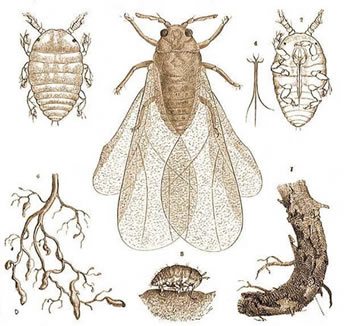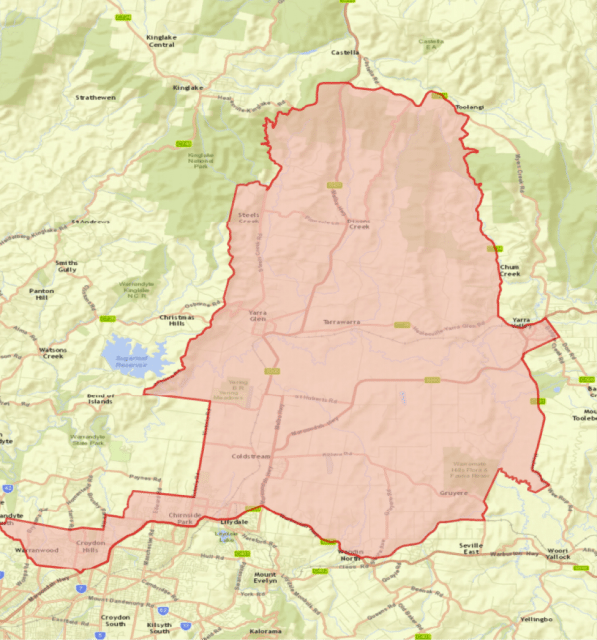Phylloxera Spread Detected In Australia's Yarra Valley
Date£º
2017-05-08 14:52 Source£º
www.thedrinksbusiness.com Author:
Lauren Eads Translator:
The boundary of Victoria¡¯s Maroondah Phylloxera Infested Zone (PIZ) in the Yarra Valley has been extended to the north, capturing four new vineyards, following new detections of the deadly vineyard pest, Vinehealth Australia has confirmed.

The extension has seen four additional vineyards in the Yarra Valley region captured by the boundary.
Phylloxera was detected within the existing PIZ boundary, but the PIZ has been extended to maintain a 5km buffer zone between the boundary of the closest infested property and the PIZ boundary.
The extension, which was confirmed on 30 March and announced by Agriculture Victoria this week, sees four additional vineyards in the Yarra Valley region brought within the boundary.
It is the sixth expansion to the original Maroondah PIZ, which was established in 2006 following the first detection of phylloxera in the region. The previous extension to the Maroondah PIZ was in April 2016.
CEO of Vinehealth Australia, Inca Pearce, said this further extension was ¡°concerning¡±, and highlighted the importance of implementing farm-gate hygiene practices, monitoring vines routinely and reporting any suspect vine decline early.
¡°Phylloxera doesn¡¯t respect vineyard boundaries or state borders. We must work together nationally to ensure we stop the spread of phylloxera,¡± said Inca.
¡°Vinehealth Australia recognises the need to act with urgency to respond to a constantly evolving biosecurity environment, with trends in trade, tourism, climate change and business ownership increasing the extent and nature of biosecurity risks. These new detections underscore the urgency.¡±
In Australia, grape phylloxera is currently confined to parts of Victoria and New South Wales, with the majority of commercial vine plantings still on their own vitis vinifera roots, which unlike American rootstocks, are highly susceptible to phylloxera. Throughout Europe, the vast majority of vitis vinifera vines are grafted onto American rootstocks to protect them from the disease.
To manage its spread, Vinehealth Australia surveys each region in Australia every 3-5 years using a combination of aerial imagery and vineyard inspections, works with state regulators to strengthen plant quarantine standards and invests in research to improve phylloxera detection methods.
¡°If your vines are declining, investigate quickly to identify the cause,¡± urged Inca. ¡°If you suspect a phylloxera infestation, you must notify your state agricultural department or Vinehealth Australia. And it¡¯s imperative that vineyard owners, managers, staff and all visitors respect state plant quarantine standards and implement best practice farm-gate hygiene on every property. Biosecurity is a team game and we are only as strong as the weakest link.¡±
Updated phylloxera zone maps can be found here: www.vinehealth.com.au/biosecurity-inpractice/maps/phylloxera-management-zones. A map of the Maroondah PIZ can be viewed more closely here.

The newly drawn boundary of the Maroondah Phylloxera Infested Zone (PIZ) in Southern Australia¡¯s Yarra Valley
(https://www.thedrinksbusiness.com/2017/05/phylloxera-spread-detected-in-south-australias-yarra-valley/)